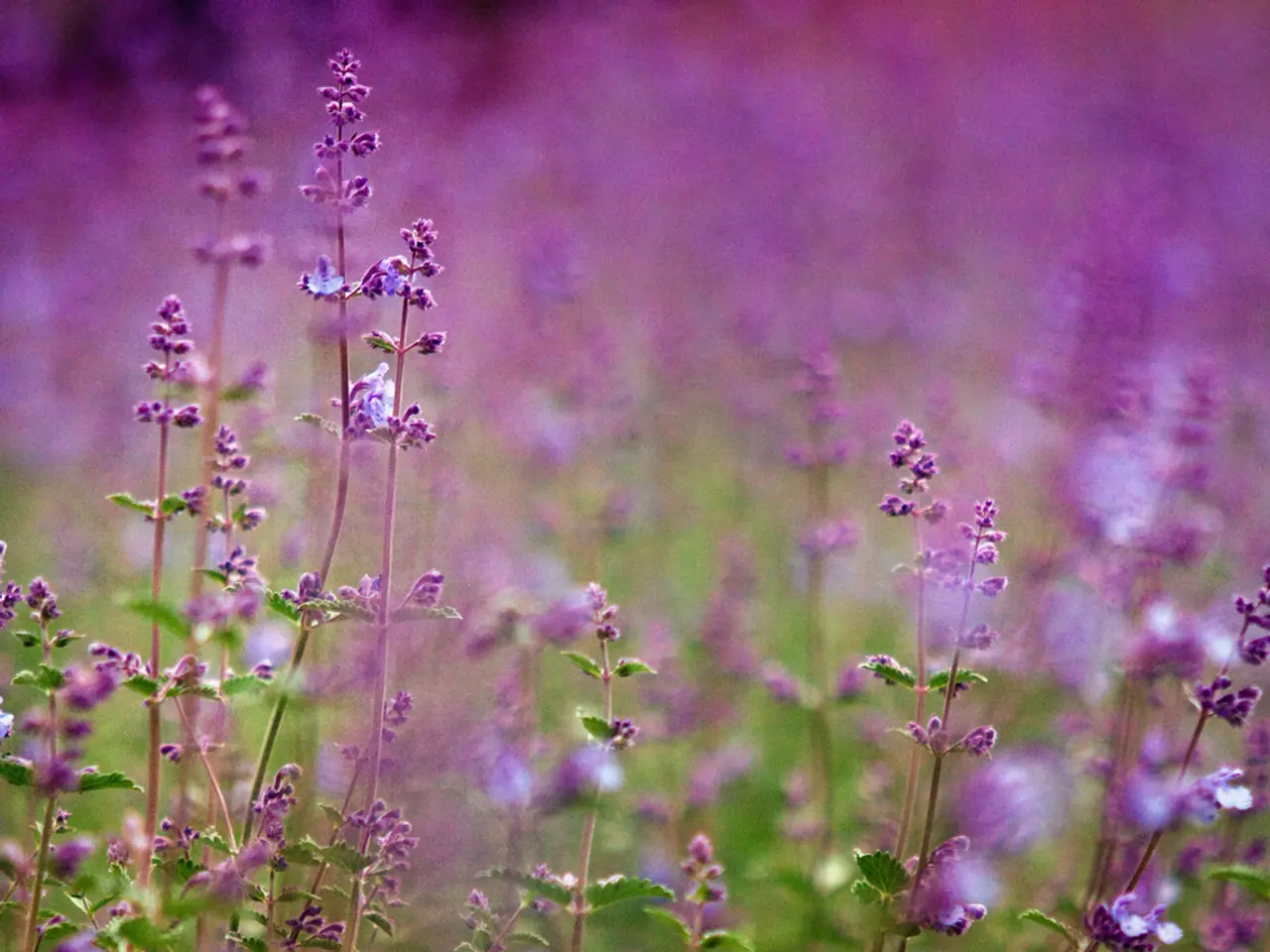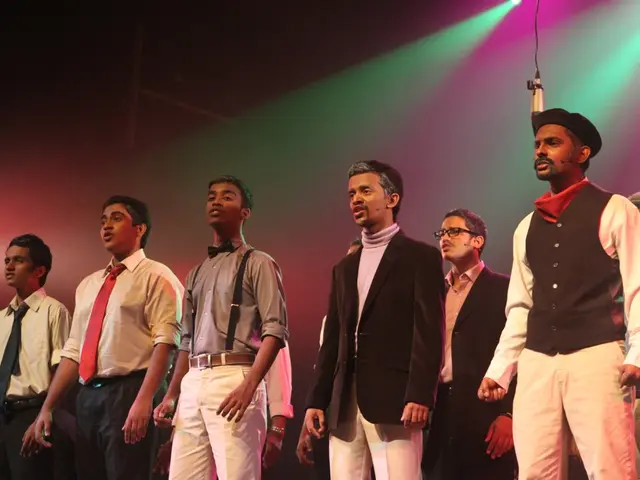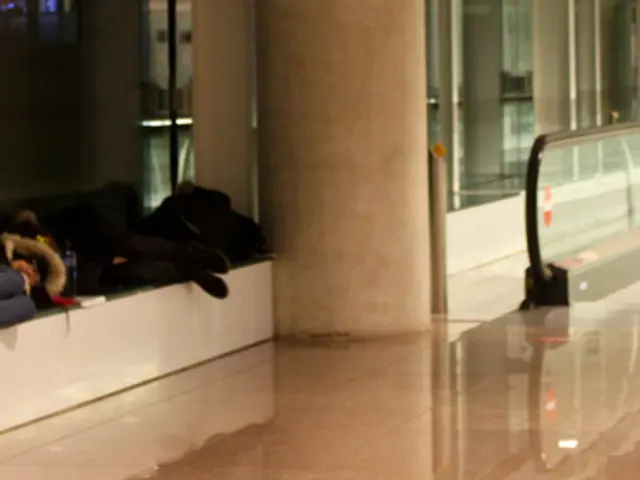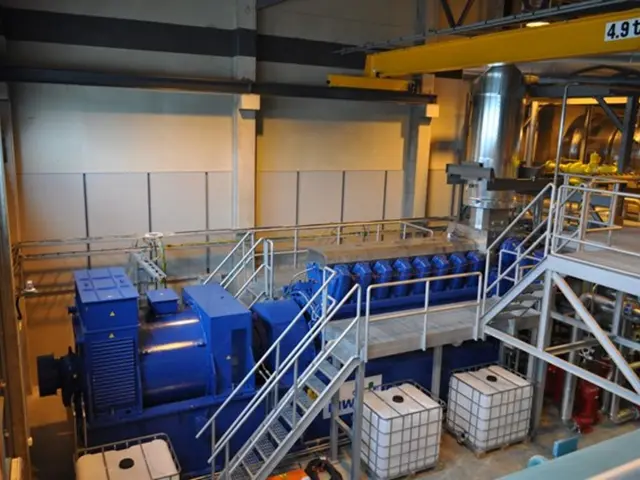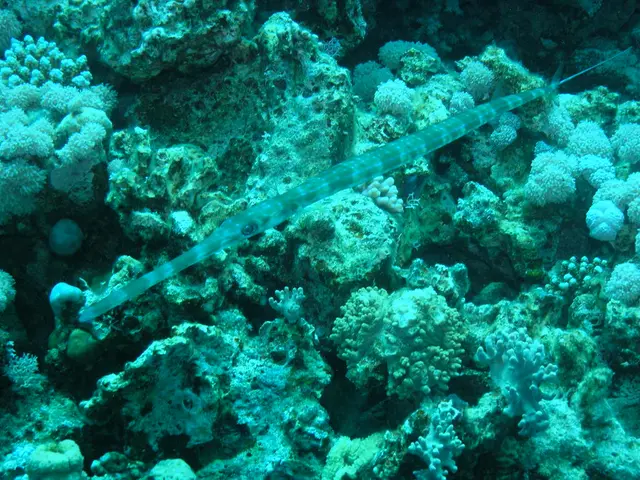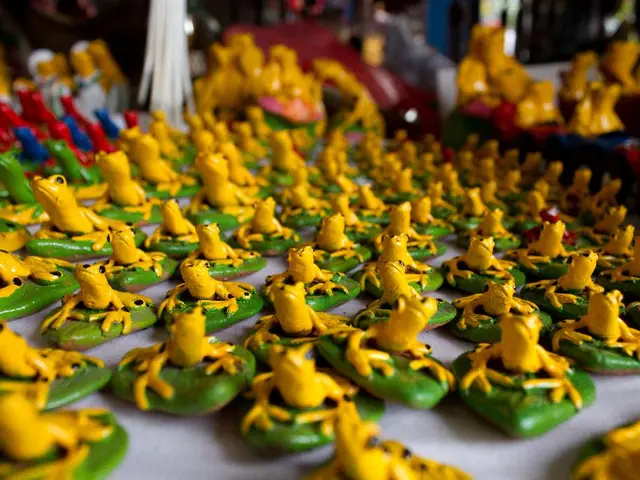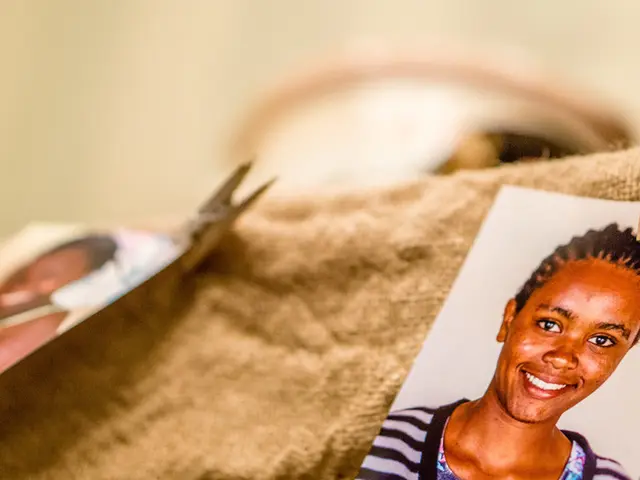Blossoming again for its 17th installment, the iconic Lavender Festival in Hvar is back in full bloom.
In the heart of Croatia's picturesque island of Hvar, the quaint village of Velo Grablje has a rich history deeply rooted in the lavender industry. Once the epicentre of Hvar's lavender trade, Velo Grablje played a significant role in Dalmatia's lavender production, contributing to Hvar's status as the lavender capital of the region.
The lavender industry in Velo Grablje was established in 1928 as a measure to combat the phylloxera pest affecting European vineyards. The village's favourable climate allowed lavender to thrive, making Hvar responsible for 8% of the world's lavender supply fifty years ago.
However, the industry faced a significant setback in 1997 when a devastating fire severely impacted local cultivation. The decline continued due to economic changes, but Velo Grablje is now undergoing a remarkable revival.
This transformation began with the establishment of the Hvar Lavender Festival in the early 2000s. The annual event, held every July, attracts thousands of visitors and celebrates the village's lavender heritage while contributing to its economic revival by promoting tourism and local products.
The festival showcases Velo Grablje's historical role in lavender production and highlights the island's cultural and natural beauty. Visitors can enjoy traditional meals, guided tours, and showcases of local crafts. The festival culminates on July 5 with a day-long fair in Velo Grablje.
Today, Velo Grablje is a small village with only 12 inhabitants. Yet, it remains a significant cultural and historical site. The village is home to the oldest factory in Europe, still operational for processing rosemary and lavender essential oils using steam distillation.
The Hvar Lavender Festival plays a crucial role in Velo Grablje's transformation by reviving its economic and cultural importance. The event has turned the village into a tourist destination that celebrates its rich history and natural surroundings.
Numerous exhibitions in Velo Grablje tell the story of lavender, life on the island, the tradition of dry stone walls, and the legacy of great people like Lorenzo Tudor. An NGO called Pjover was formed, and a restaurant called Zbondini opened, offering authentic Hvar cuisine and cooking courses.
The football team of Velo Grablje, known for winning the Forska Liga in 2012, also adds to the village's charm. An excellent documentary follows the team throughout a season, offering a unique insight into the village's spirit and resilience.
The 17th edition of the Hvar Lavender Festival is set to take place on July 3, 2025. The festival includes children's activities from 9 a.m. to 1 p.m., followed by a family circus show at 8 p.m. Admission to all programs of the festival is free, making it an accessible and enjoyable experience for all.
The legend suggests that a peasant boy planted lavender in Velo Grablje to be with a girl from a higher social status, following advice from a village priest. This act of love not only brought the boy success but also revived the village, making it a must-visit destination for anyone seeking a taste of Croatia's rich history and culture.
Visitors to Velo Grablje can experience more than just the lavender festival, as the village offers a unique blend of lifestyles, showcasing its traditional homes and gardens alongside fashion-and-beauty products made from local lavender. After enjoying a traditional meal and exploring the historical factory, one can also learn about the island's food-and-drink culture during cooking courses at the restaurant Zbondini. As the sun sets, travelers might find themselves captivated by the enchanting tale of the village's origins, nestled in the heart of Hvar's picturesque landscape.
